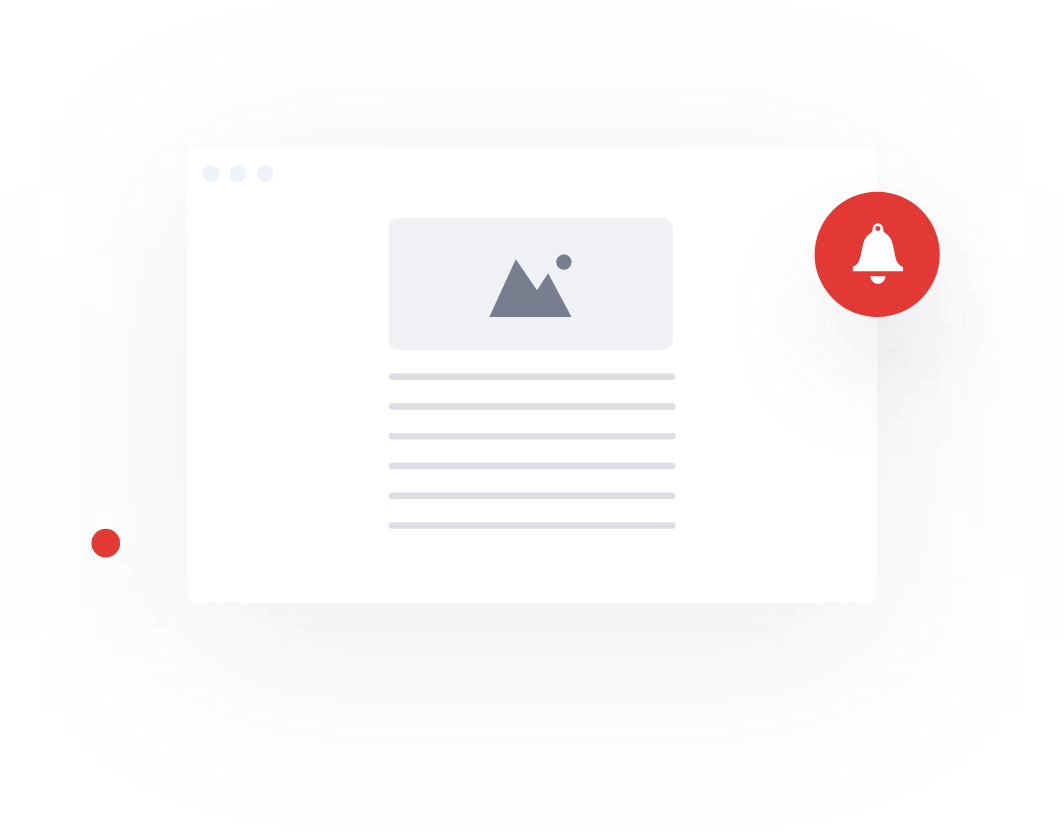Be first to know
Keep up to date with ecommerce news, trends and articles. Brought to you by Stock2Shop.
Sign up todayBy using the information that already exists in your ERP (or accounting system) to keep your web store up to date, you will save time, reduce human error and increase customer satisfaction for a more profitable business.
A lot of businesses decide against selling online because of the perceived hassle. It is seen as a lot of extra work for relatively low returns, and in some cases, there is concern that maintaining an online store might spread workforce resources too thin.
The good news is that if your company is using an ERP (or even a suitable accounting system), most of the “extra work” is unnecessary. By tapping into the database that is already tracking stock, controlling pricing and managing your business, you can reach online customers with very little extra effort. This means that any additional revenue generated from ecommerce sales is money for jam.
Leveraging your ERP for efficient ecommerce entails opening a feed of product data to the platforms on which you wish to sell online. This is usually facilitated in one of the following ways:
Option 1 is fairly straightforward; the main requirement is that your web store’s SKU codes correlate with the relevant item codes on your ERP. Stock2Shop will then ensure that customers see accurate price and stock.
Option 2 is a popular choice because it means that you have the ability to add and remove online products from your ERP. Once your web store is populated with products, you will need to enrich them with images, long descriptions, categories and other information that make them presentable. It is unlikely that this additional enrichment information exists in your ERP, in which case it can be added either directly to your ecommerce website or on your Stock2Shop console.
Order syncing is treated differently, depending on whether you are selling retail or wholesale. Best practice for a retail online business is to create a default customer account on the ERP (perhaps called “WEB001”) and funnel all orders from the web store into that account. A wholesale business requires that each customer’s orders are synced into their dedicated customer account. If you are a wholesaler, the Stock2Shop B2B Trade Store is a pre-built platform that accommodates this and so much more.
Once you have recognised the signs that your business would benefit from integration, you may be wondering what the barriers are.
Stock2Shop’s pre-built service makes ERP integration much easier and less expensive than it used to be. No longer are you required to pay developers exorbitant amounts of money and go through months of testing and teething problems before you are up and running. Provided you are using compatible systems, Stock2Shop will have you synced up in no time for a comparatively small monthly fee.
Stock2Shop integrates seamlessly with many of the world’s most popular ERPs and accounting systems, including SAP Business One, SYSPRO Microsoft Dynamics and most of the Sage Pastel suites. In addition, if you are using a custom system that is accessible via OBDC, Stock2Shop will be able to sync updates from your database.
Fundamental to a successful ecommerce integration is that your ERP data is “clean”. If this is not the case, implementation may take a little longer, but Stock2Shop’s technicians will be on hand to steer you through the process.
If you are tired of having to process refunds as a result of overselling, or if you are losing money every month due to selling products at the wrong price, please get in touch with us. Our sales team is ready to discuss ways to make your online business more efficient, and ultimately, more profitable.

Keep up to date with ecommerce news, trends and articles. Brought to you by Stock2Shop.
Sign up todayUnderstanding product data is essential for a successful ecommerce business. Here’s an overview of the most important elements of product data you need to understand.
Read MoreCategorising products correctly is a major pain point for many ecommerce websites. Layered navigation is the solution: find out how – and why – to implement it
Read MoreWant to find out exactly how Stock2Shop can make your business more efficient and streamlined?
Contact Us